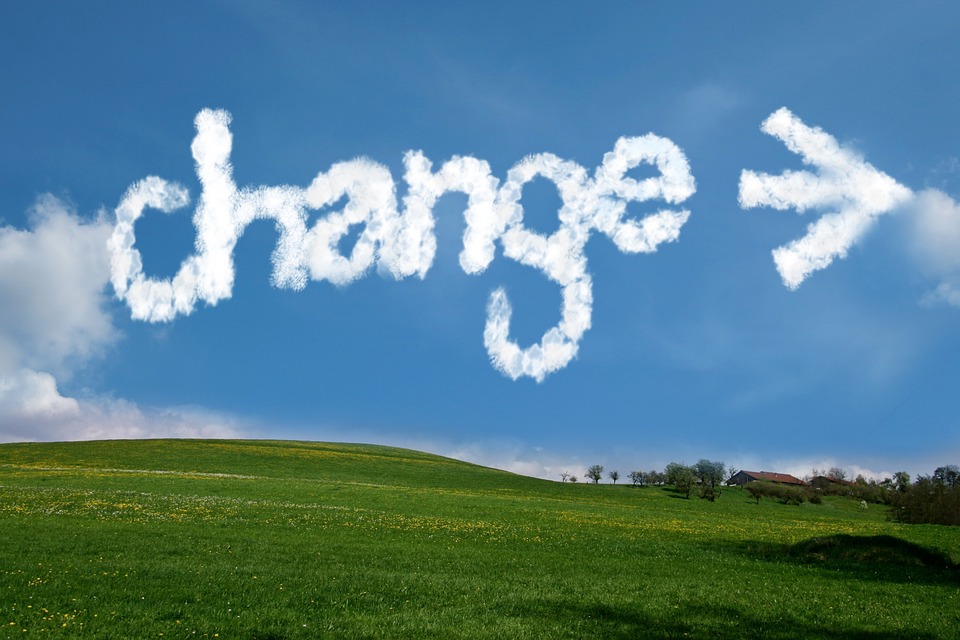Strategies for Adaptation and Recovery

GUEST POST from Art Inteligencia
Change management is crucial for organizations to navigate through times of crisis. Whether it is a global pandemic, economic downturn, or natural disaster, having effective strategies for adaptation and recovery is essential. In this article, we will discuss the importance of change management during a crisis and provide two case study examples to showcase successful strategies implemented by organizations.
Case Study 1: Procter & Gamble (P&G)
During the global financial crisis of 2008-2009, P&G, a multinational consumer goods company, faced the challenge of declining consumer spending. They realized the need for immediate action to adapt and recover, focusing on cost reduction and portfolio optimization. P&G implemented a change management strategy that included the following steps:
1. Engaging the Leadership: P&G’s leadership embraced the crisis and communicated the urgency for change throughout the organization. They provided a clear vision of the desired outcome and inspired employees to embrace the necessary changes.
2. Streamlining Operations: P&G reexamined their business processes and streamlined operations to eliminate inefficiencies and reduce costs. They implemented a ‘simplify to win’ approach, which involved consolidating product lines and optimizing the supply chain.
3. Enhancing Innovation and Marketing: P&G recognized the need to differentiate themselves from competitors during tough times. They focused on innovation and marketing efforts, launching new products and advertising campaigns to maintain consumer interest and loyalty.
The result of P&G’s change management strategy was significant. Despite the challenging economic conditions, the company managed to maintain profitability and even outperformed competitors by gaining market share. This successful adaptation and recovery showcased the effectiveness of a well-planned change management strategy during a crisis.
Case Study 2: Airbnb
In 2020, the travel industry faced an unprecedented crisis due to the COVID-19 pandemic. As countries imposed travel restrictions and people canceled their travel plans, Airbnb, a leading vacation rental platform, experienced a massive decline in bookings. To overcome this crisis, Airbnb employed a change management strategy focused on the following steps:
1. Prioritizing Safety: Airbnb acted swiftly to address safety concerns by introducing enhanced cleaning protocols and implementing strict guidelines to ensure guest and host safety. They communicated these measures transparently to rebuild trust among their users.
2. Diversifying Offerings: Recognizing the changing demand for accommodations, Airbnb expanded its offerings beyond traditional vacation rentals. They introduced Online Experiences, allowing hosts to offer virtual experiences to users staying at home. This diversification strategy helped them adapt to the changing needs of consumers during the crisis.
3. Empowering Hosts: Airbnb acknowledged the impact of the crisis on their hosts, who heavily rely on income from rentals. They introduced initiatives such as the Host Relief Fund, which provided support and financial assistance to struggling hosts. By actively involving and supporting their hosts, Airbnb built resilience within their community.
As a result of their change management strategy, Airbnb managed to rebound effectively. By September 2020, they had a successful IPO and demonstrated resilience in the face of a crisis that severely impacted the travel industry.
Conclusion
Change management is instrumental in helping organizations adapt and recover during times of crisis. The case studies of Procter & Gamble and Airbnb demonstrate effective strategies implemented to navigate through difficult times. By engaging leadership, streamlining operations, enhancing innovation, prioritizing safety, diversifying offerings, and empowering stakeholders, organizations can improve their chances of successfully adapting and recovering from crises. It is crucial for organizations to embrace change and implement proactive strategies to not only survive but also thrive amidst adversity.
SPECIAL BONUS: Braden Kelley’s Problem Finding Canvas can be a super useful starting point for doing design thinking or human-centered design.
“The Problem Finding Canvas should help you investigate a handful of areas to explore, choose the one most important to you, extract all of the potential challenges and opportunities and choose one to prioritize.”
Image credit: Pixabay
![]() Sign up here to get Human-Centered Change & Innovation Weekly delivered to your inbox every week.
Sign up here to get Human-Centered Change & Innovation Weekly delivered to your inbox every week.